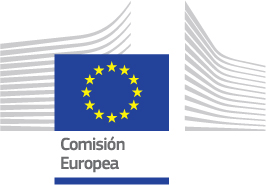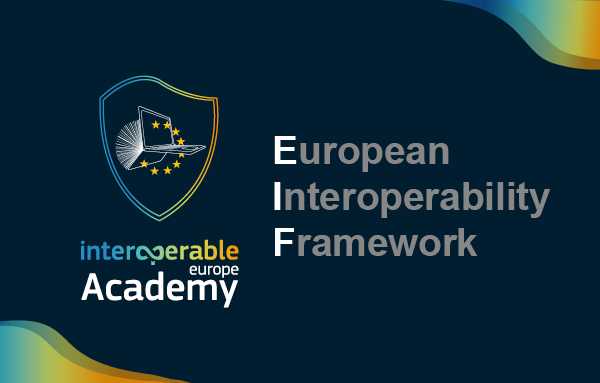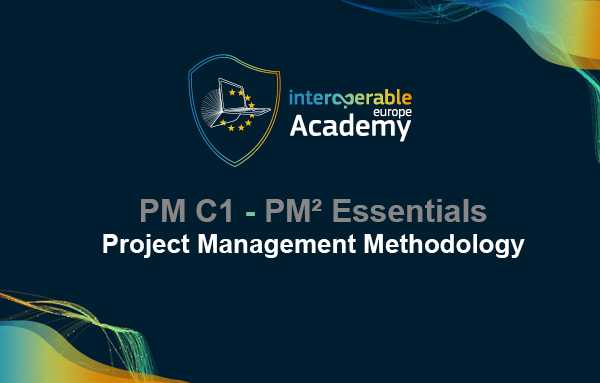Co-creation for policymakers
Descripción del curso
Público objetivo
Policymakers, Scientific and Research Community, Industry and Innovation, Civil society, Non-governmental organisations, Formal and Informal education community, Lab communities, Citizens, EU projects.
Objetivos de aprendizaje
During this course, participants will get the opportunity to question current policy-making practices and their limitations and recognise the potential of co-creation. They will understand the concept of human-centred design and examine service design methodologies when applied to policy-making. This course will equip learners with tools to explain the importance of problem framing and experiment with different stakeholder engagement methods. Then will then be able to identify the characteristics of prototyping and apply its methods to a specific challenge. By the end of the course, learners will have learned how to evaluate a co-creation process and ensure the sustainability of its outcomes.
Este contenido es ofrecido por la Comisión Europea. La Comisión Europea es el brazo ejecutivo políticamente independiente de la Unión Europea. Es el único responsable de elaborar propuestas de nueva legislación europea y ejecuta las decisiones del Parlamento Europeo y del Consejo de la Unión Europea

Agenda
- Introduction
- Why do we need innovation in policymaking?
- How can human-centricity and co-creation improve policies?
- How can problems and their root causes be identified and framed?
- How can co-design be used to solve community problems?
- How can solutions be implemented and sustained over time?
- Certificate



